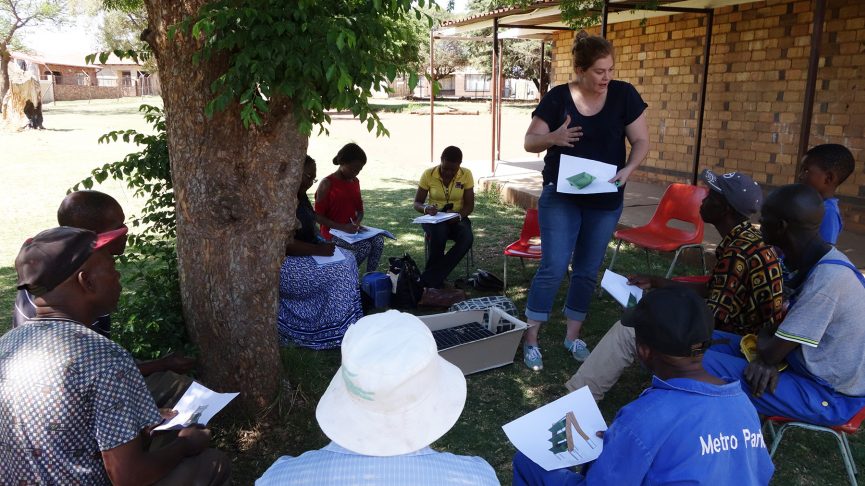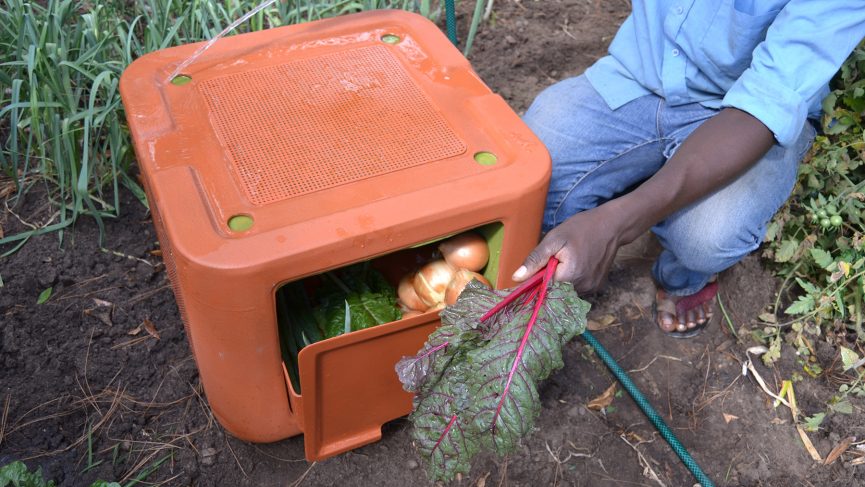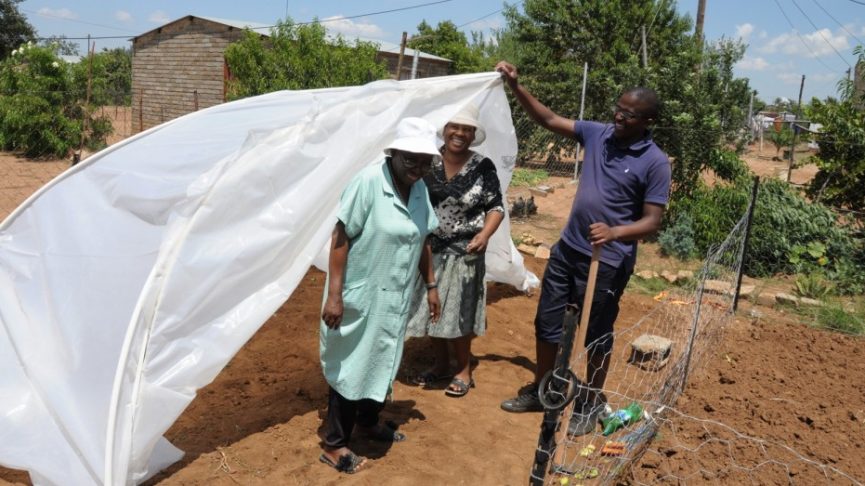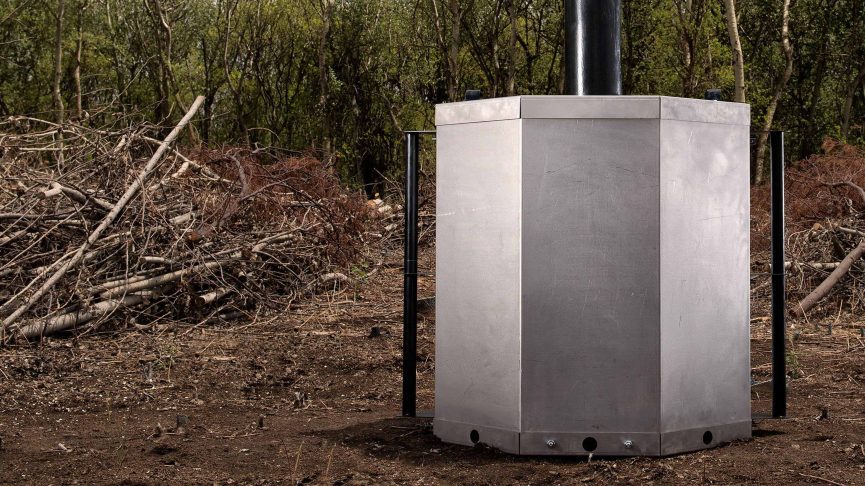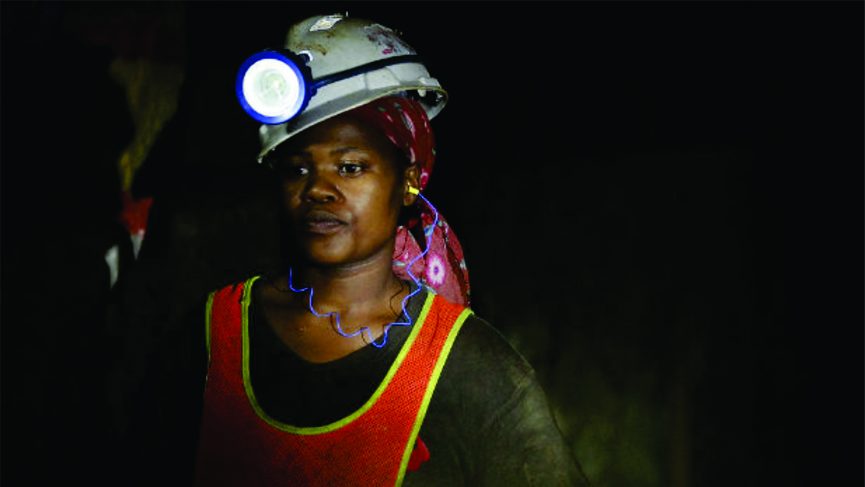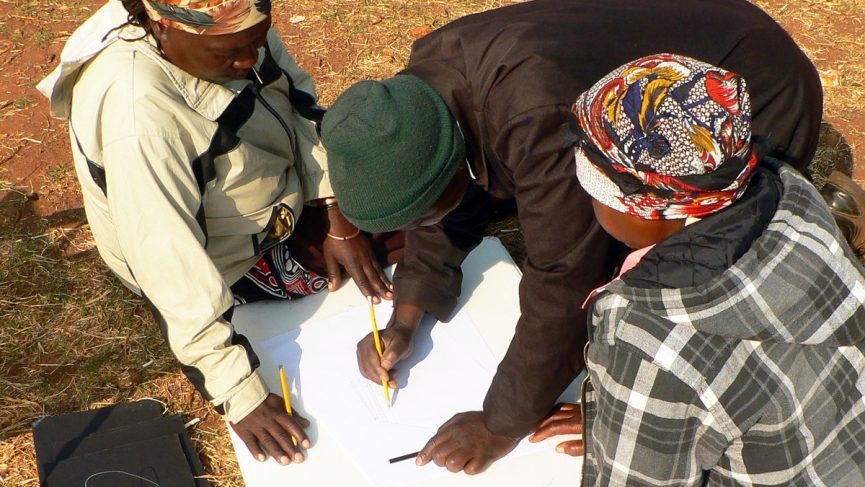2014 | Take Root Seedling Growing System
Take Root was the outcome of a design research project focused on developing a seedling growing system for small-scale urban farmers in Soweto. It was the final project in a BTech Industrial Design by Jomari Budricks in 2014. I was Jomari's main supervisor, with Dr. Naudé Malan from the Department of Development Studies as a co-supervisor. The project formed part of an interdisciplinary student service-learning course offered in 2014 in the Departments of Development Studies and Industrial Design. The course utilised a methodology that integrated participatory social science and human-centered design research methods in order to develop technologies to improve the productivity of marginalized and resource-poor urban farmers. Teams of students worked with farmers on three urban sites, each with their own specific technological needs. Overview: This project focused on the design of seedling growing system for small-scale urban farming. The design and research was based on the problem that ... Read More
